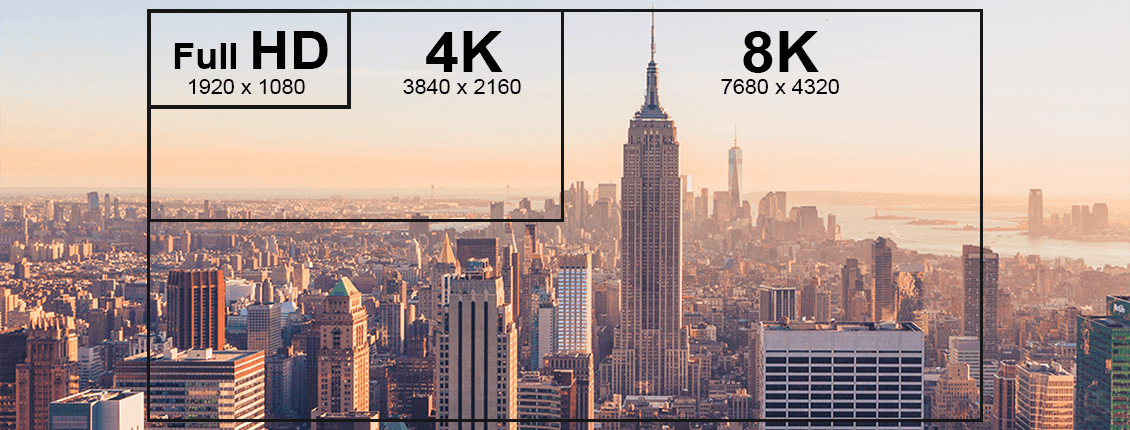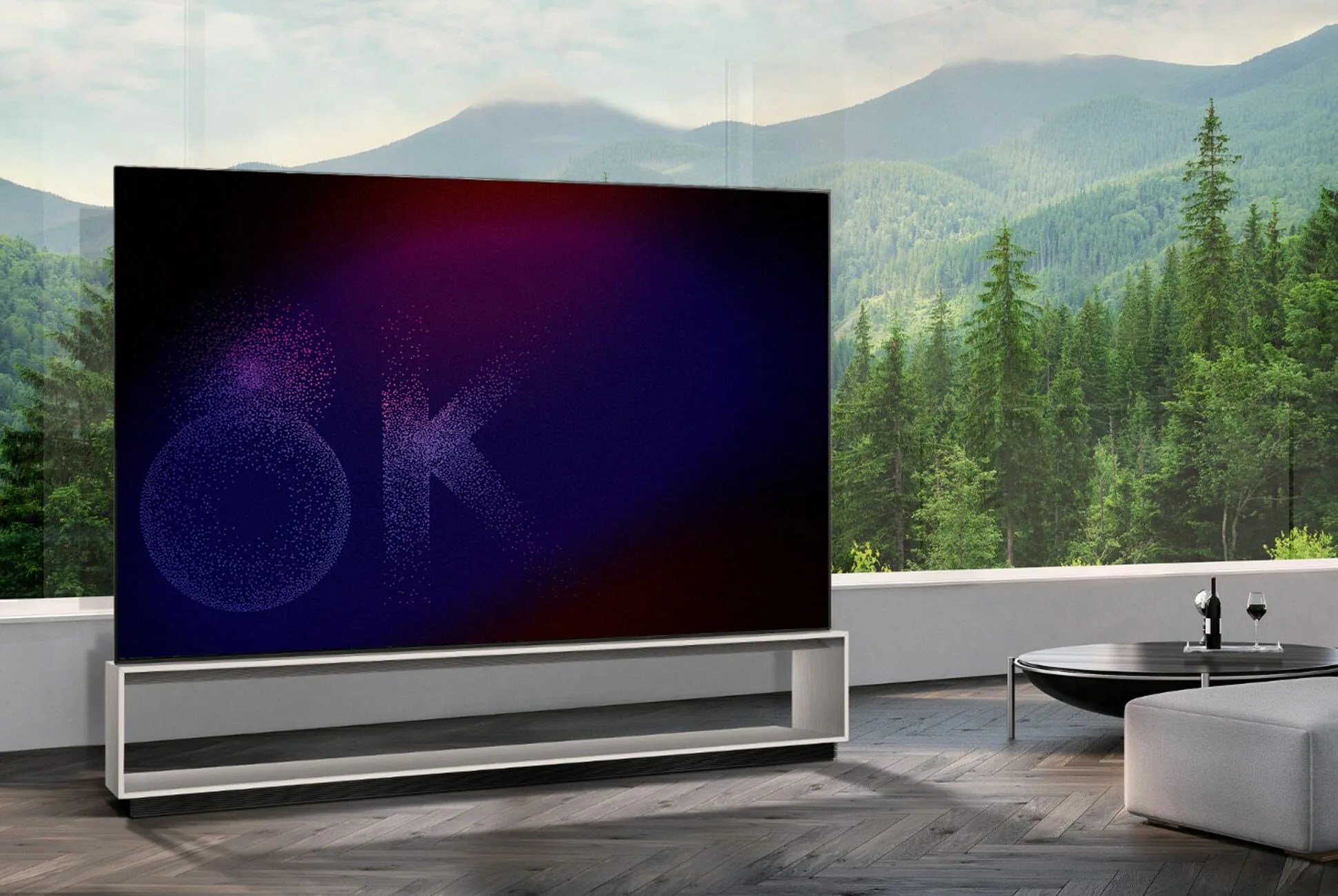This story is part of our Summer Preview, a collection of features, guides and reviews to help you navigate warmer months ahead.
Like 4K and HD before it, 8K resolution is poised to bring a new standard for pixel-packing to your television. But an 8K screen is only as good as what you can put on it. After years of hype and prototypes, 8K TVs are finally starting to come to market. Here’s what you need to know before you consider buying one.
So what is 8K, exactly?
The term 8K has long been fuzzy, but thanks to the Consumer Technology Association, which sets the rules manufacturers abide by, we now have an official definition: an 8K Ultra HD Display has a resolution of at least 7680 x 4320 pixels for 33 million active pixels total. In other words, 8K has four times the resolution of 4K, and 16 times the resolution of the HDTV.
What can I buy?
A whole crop of 8K TVs showed up at the 2020 Consumer Electronics show, and unlike earlier proofs of concept, these models will hit the market … for a price. Samsung sells some of the most affordable 8K TVs sets as part of its Q900 line, but a 65-inch model still costs upward of $3,500. That’s just the beginning. LG’s jaw-dropping 8K OLED TVs come with an equally impressive price tag — they’ll set you back about 30 Gs.

